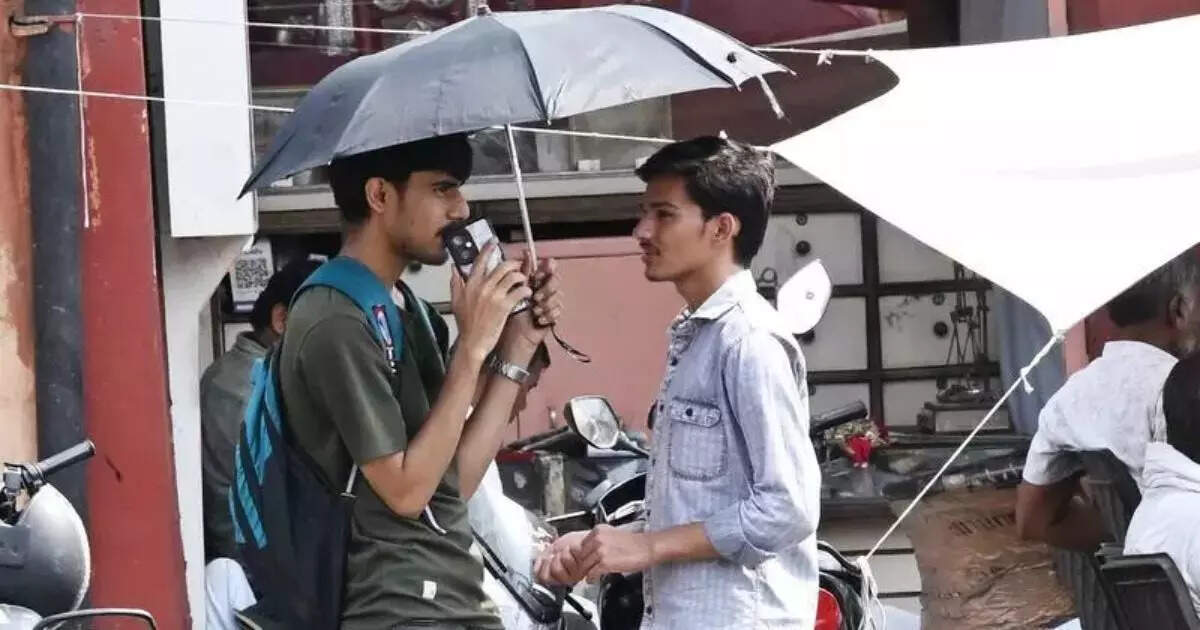Now Reading: दिल्ली में भीषण गर्मी का अलर्ट: तापमान 44°C के पार, अगले 3-4 दिन रहेंगे चुनौतीपूर्ण
-
01
दिल्ली में भीषण गर्मी का अलर्ट: तापमान 44°C के पार, अगले 3-4 दिन रहेंगे चुनौतीपूर्ण
दिल्ली में भीषण गर्मी का अलर्ट: तापमान 44°C के पार, अगले 3-4 दिन रहेंगे चुनौतीपूर्ण

Quick Summary:
- Weather Update: Delhi and nearby areas are experiencing rising temperatures, with forecasts predicting a peak of up too 44 degrees Celsius over the next 3-4 days. Maximum temperature on Saturday was 39.8°C,slightly below normal.
- Hazy Winds: Dusty winds with speeds of 20-30 km/h are expected from June 9-10, followed by calmer conditions between June 11-13.
- Heatwave Unlikely: Despite high temperatures reaching up to 44°C, heatwave conditions won’t be declared unless surpassing thresholds (normal temp +4.5°C or >45°C).
- Pollution Alert (GRAP-1): Elevated ozone pollution levels triggered GRAP-1 restrictions in Delhi-NCR as air quality deteriorated to ‘poor’ category (Delhi AQI: 209). This is the first major surge of ozone pollution this season.
- Ozone Concerns: High ozone levels pose health risks like respiratory issues and asthma due to interactions between nitrogen oxides and volatile organic compounds under sunlight-requiring special attention.
Precautionary Measures for heat & Pollution:
- Avoid outdoor activity during peak hours; stay hydrated consistently.
- Wear light-colored cotton clothes and use protective items like goggles and umbrellas.
- Avoid excessive caffeine/protein intake; focus on consuming ORS or natural cooling beverages like lassi/chhaas.
Indian Opinion Analysis:
The relentless rise in temperatures coupled with hazardous pollution underscores environmental challenges faced by India’s urban centers like Delhi-NCR during summer months. While no immediate relief from heat appears likely before mid-June, the lack of officially declared heatwave is marginally reassuring but does not diminish health risks posed by prolonged exposure.
Elevated ozone pollution highlights an urgent need for stricter control over vehicle emissions and industrial pollutants-essential contributors under intensifying sunlight conditions typical in these months as per expert warnings.
For individuals struggling against dual stressors-extreme weather and toxic air-it reinforces the importance of adopting preventive measures stated above while urging systemic action for improving long-term adaptability via intensive urban greening strategies or enhanced monitoring mechanisms.
























